Many people don't know, but there are still indigenous peoples scattered throughout the state of São Paulo. The southwest of the state was a refuge where several indigenous peoples remained until the beginning of the 20th century, when there was a fiercer territorial and agricultural expansion and these peoples were expelled and exterminated.
PRETATERRA chose the Karugwá tribe, in the municipality of Barão de Antonina, SP, to implement part of the 100 hectares of agroforestry in its “Agroforestry for the Atlantic Forest” project supported by the Swiss bank 'UBS Optimus Foundation'. In this first phase, up to 5 hectares will be planted in the indigenous village and the intention is to expand to the entire territory during the next steps of the project.
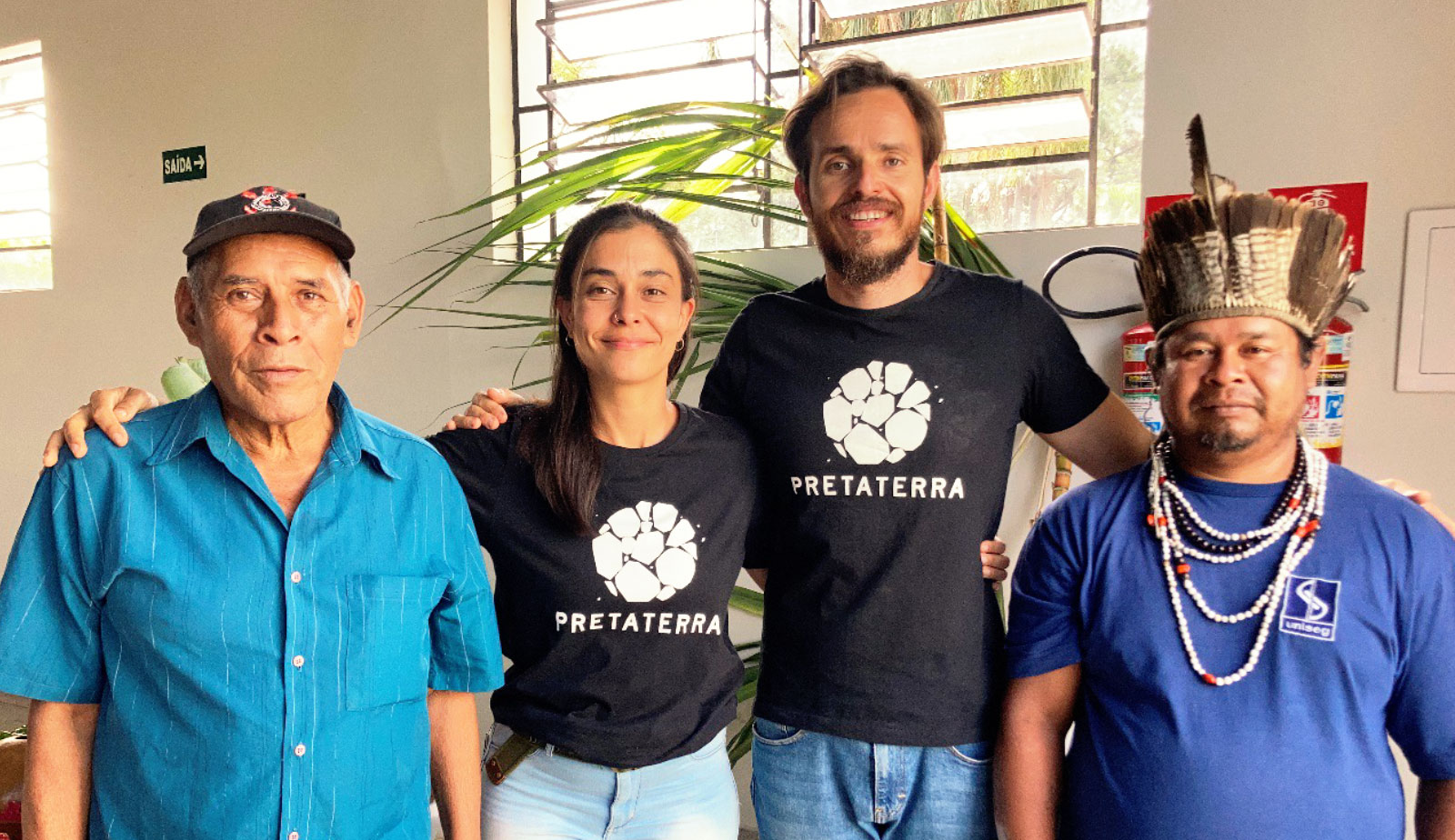
The indigenous people of the Karugwá village, an ethnic Guarani, live in around 30 families and 150 people, on 58 acres of land, or 140 hectares. When they arrived there, with their few belongings, it was an arid, deforested land, with degraded pastures and low productivity.
The descendants of the oldest members of the Karugwá tribe were indigenous people who joined the separatist troops during the 1932 Revolution. The original group dismembered its mother village located in Avaí, SP in 2005, when they moved to the protected area demarcated by the FUNAI (National Indian Foundation) in Barão de Antonina, SP, on the border with Paraná. Originally there were 12 pioneer families. When they arrived, the tribe faced a lot of discrimination from neighbors and the municipality. After a long effort of alignment and building friendships, they now have strong support from the local government.

The Karugwá tribe is home to the descendants of these indigenous people who fought for their land and culture and managed to stay in the territory for more than 4 centuries of colonization. Only one of the most experienced members of the tribe, Seu Valdeci, knows how to speak the native language of his people. Now, Seu Valdeci teaches his companions and the next generations, to keep his culture alive.
Today, members of the Karugwá tribe live off agricultural production, still incipient, handicrafts and tourism. Some members of the tribe are teachers and municipal health assistants, others also work outside the village, in local factories. Older members receive a pension.
In the tribe, the idea of agroforestry is already widespread. Many work with agroforestry backyards for subsistence, and rely on the help of an agronomist from Funai for technical assistance. Their practically self-sufficient way of life is based on subsistence agriculture, with the production of cassava, corn, beans, bananas and various fruits, in addition to raising chickens, pigs, dairy and beef cattle and fish. To market, the indigenous grow passion fruit, mango, papaya, avocado and strawberry, products that they sell to the pulp agroindustry in the region.
In conversations with the elders, when we understand the species they use and the agricultural practices they adopt, it becomes clear that bringing agroforestry is actually a rescue of the ancestral culture of this people.
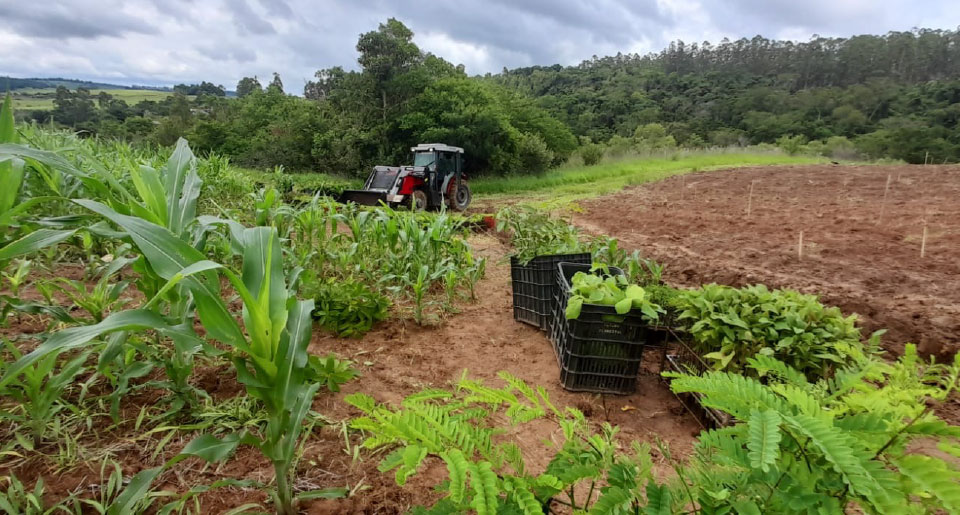
Much of the territory, especially in the steeper areas or on the edge of water bodies, was protected and enriched with native species and, therefore, in some points the forest returned to intermingle in the landscape. Today more than 30% of the area has returned to forest and they want more: to carry out productive restoration using native fruit species in the recovery of these riparian forests.
Young people are very active in the community and develop activities to rescue their culture. Sandro joined the Funai agronomist who supports them to restore the springs of their land. Nathan learned from his father the craftsmanship of his people using forest materials, such as palm fibers or lianas, lizard and alligator leather, bird feathers, seeds and dried fruit shells to make bracelets, necklaces and headdresses for cultural and mobilizations of indigenous groups, to clubs, slingshots and bows and arrows for hunting and protection. He learned the indigenous art from his father Valdeir, whose name in his original language, Guarani, is Tupã kutsuwidju, which means “Keeper of time”.
It's really exciting for us to be asked to train bow and arrow by a warrior like Nathan and win a bracelet worthy of a warrior. It is a unique opportunity that presents itself during moments of integration with the community and we are very honored for that.
PRETATERRA's work is to look at the first inhabitants of Brazil and help them to rescue their knowledge of an ancestral and resilient agriculture through the lens of an innovative and integrative agroforestry, which helps us to strengthen the most intrinsic social and historical ties, those that truly unite a people at its essence. Agroforestry is shown here as a tool for resilience, union, perseverance and belonging, for an environmentally more sustainable and socially integrated agriculture.
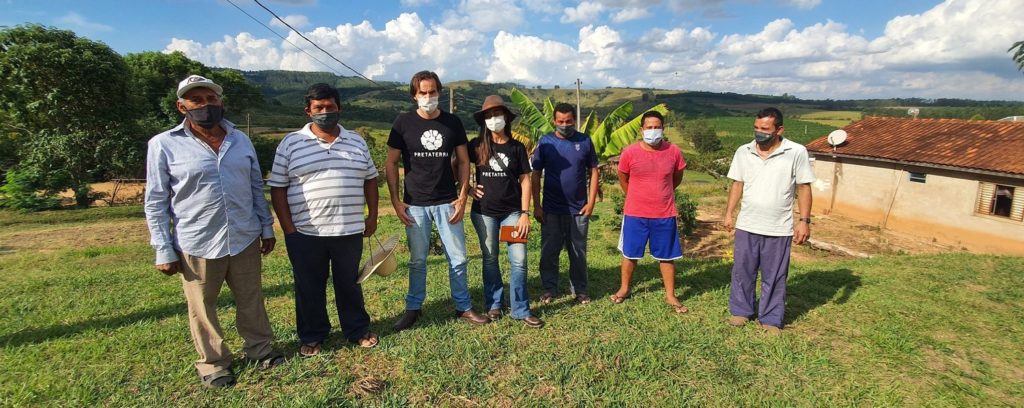

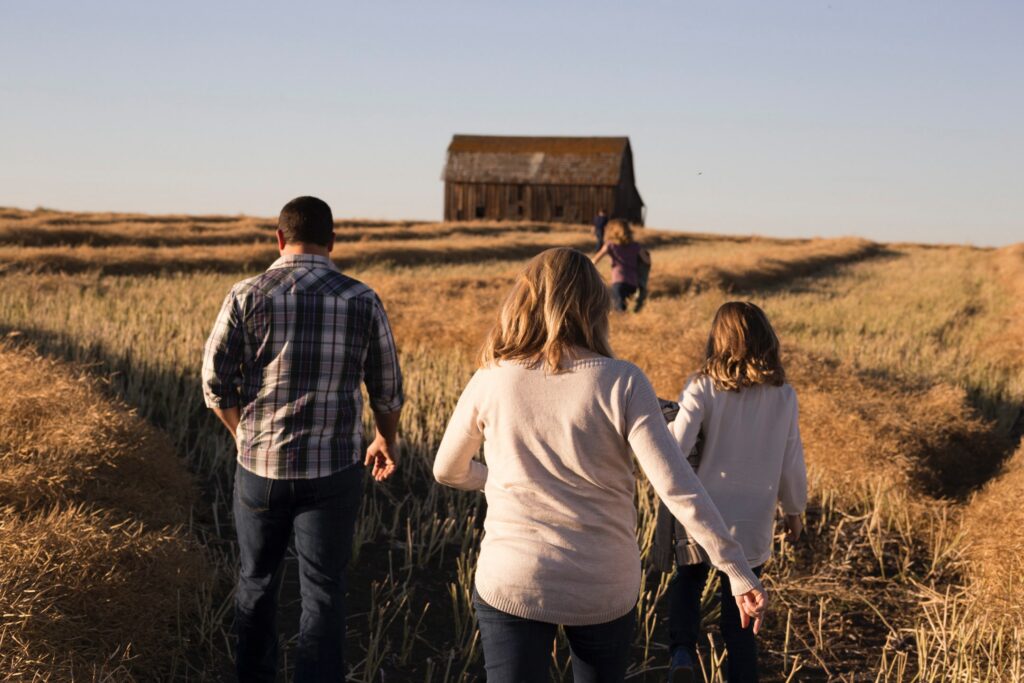
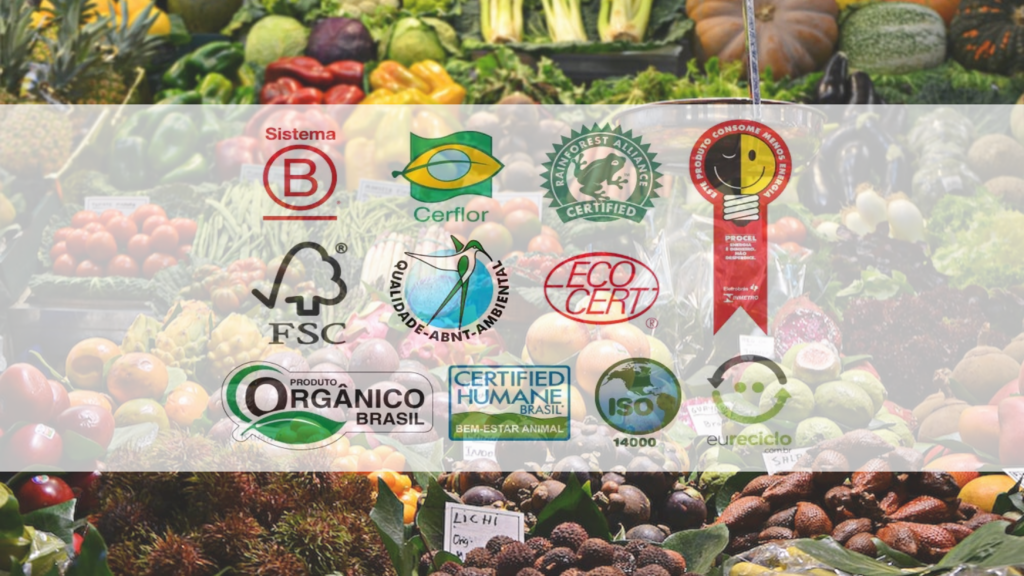
 agroforestry taken seriously
agroforestry taken seriously 